How to Clean Brass Easily at Home – The Atlas Finest Way
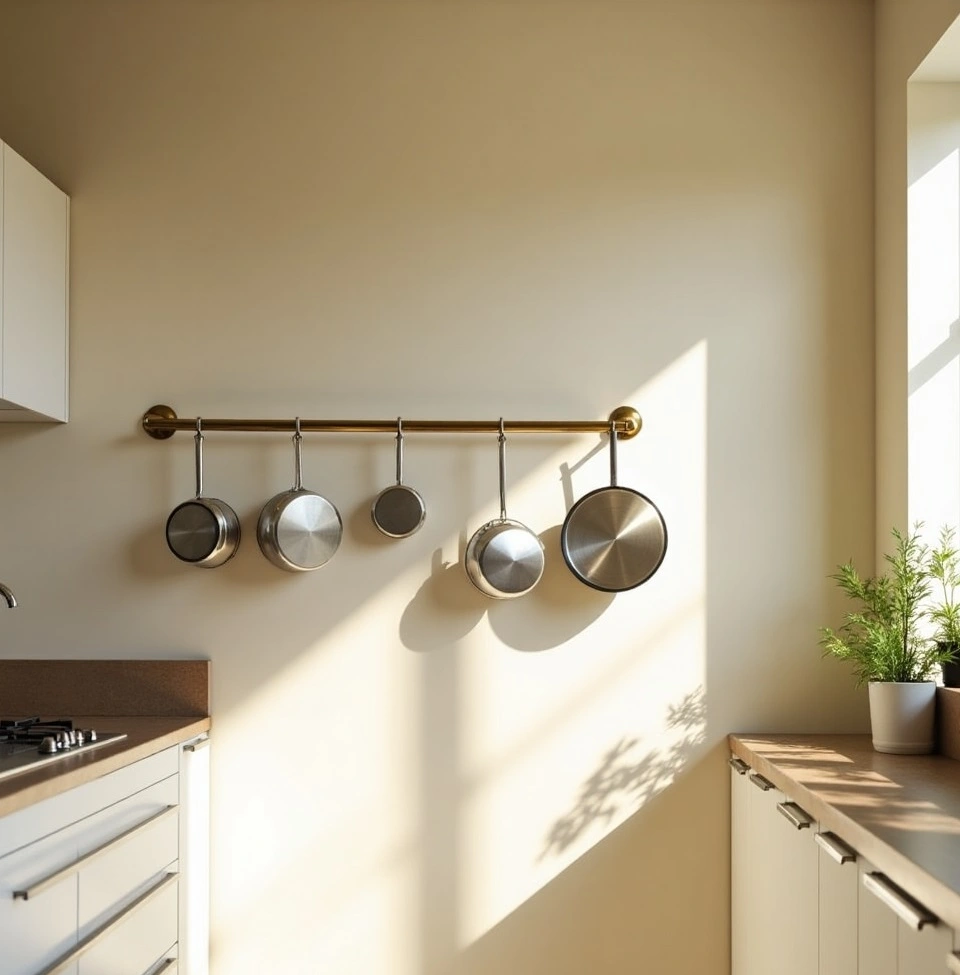

Brass brings timeless warmth and character to any room,whether it’s a pair of candle holders, antique plates, cabinet handles, or our signature unlacquered brass pot rails with S-hooks. However, over time, oxidation and everyday grime can dull its golden glow.
In this guide based on the exact technique we use at Atlas Finest and demonstrated step-by-step on our YouTube channel. you’ll learn how to Clean Brass Easily at Home, and restore its brilliance using nothing more than lemon juice and baking soda. No harsh chemicals, no rinse required.
You’ll Learn How to Clean Brass Easily at Home Alongside With:
- Why cleaning brass matters
- What simple ingredients and tools you’ll need
- A precise 5-step process
- Tailored tips for different brass items
- Maintenance advice to reduce future tarnish
- Answers to common brass-cleaning questions
Why bother to learn how to Clean Brass Easily at Home?

Brass, an alloy of copper and zinc, naturally oxidizes over time, forming a patina. While some appreciate this aged character, others prefer a clean, polished finish—especially on frequently handled or highly visible pieces, such as:
- Tabletop brass candle holders
- Antique plates and trays
- Cabinet or door handles
- Bathroom sinks and faucets
- Decorative hardware on furniture
Regular cleaning helps maintain their visual appeal while also preventing corrosion, ensuring these pieces last for generations. At Atlas Finest, our unlacquered brass products are crafted to patinate gracefully, but we believe you should have full control over when and how that patina appears.
What You’ll Need
Before you begin, gather these natural, easy-to-find materials:
- Fresh lemon juice (or half of a lemon)
- Baking soda (sodium bicarbonate)
- A small bowl for mixing
- A soft cloth, sponge, or old toothbrush
- A dry microfiber cloth for buffing
5-Step Cleaning Method (No Rinse Needed)
Thanks to the lemon’s citric acid and the baking soda’s gentle abrasiveness, this method lifts tarnish without the need for rinsing. Here’s how:
Step 1: Mix the Lemon and Baking Soda
In a small bowl, combine:
- 2 tablespoons of fresh lemon juice
- 1–2 tablespoons of baking soda
Stir briefly. The mixture will fizz and become liquid (not paste-like)—use it immediately while the reaction is active.
Step 2: Apply Promptly
Dip your cloth or toothbrush into the fizzy solution and apply it generously over any tarnished or dull areas.
Step 3: Buff in Circular Motions
Using light pressure, gently rub in small circles.
Pay special attention to grooves or detailed areas—this helps the fizzing reaction lift oxidation on contact.
Step 4: Dry-Wipe the Surface
Continue buffing until the brass is fully dry and gleaming.
This dry-wiping step is essential—it prevents water spots and locks in that polished finish.
Step 5: Final Buff
Use a clean, dry part of your cloth for one last polish to enhance the shine.
Tips on how to Clean Brass Easily at Home for Different Brass Items
Antique Brass Pieces
- Test the mixture on an inconspicuous area first.
- Apply gently, especially over fine engravings or delicate finishes.
Brass Candle Holders
- Remove wax drips before cleaning.
- For extra shine, add a dab of olive oil after buffing.
Brass Plates & Trays
- Lay flat on a soft towel to prevent slipping.
- Clean in sections to ensure even results.
Cabinet & Door Handles
- If possible, unscrew and clean flat for better access.
- If left attached, protect nearby painted surfaces.
Rusty or Corroded Brass
- For tough corrosion, repeat Steps 1–4.
- Add a teaspoon of white vinegar to the lemon mix to boost cleaning strength (test before use).
Brass Sinks & Faucets
- Remove soap residue before applying the cleaner.
- Use a soft toothbrush to get around seams and spouts.
- Always dry-wipe immediately to prevent watermarks.
Why This cleaning brass Method Works
- Citric acid dissolves oxidized layers without damaging the brass beneath.
- Baking soda acts as a gentle abrasive to lift grime.
- The fizzing reaction creates micro-bubbles that help dislodge tarnish.
- Dry wiping eliminates moisture, helping prevent re-oxidation.
Maintenance & Protection Tips
To keep your brass looking radiant:
- Dust with a dry cloth weekly
- Apply a thin coat of clear paste wax or brass-safe sealant to slow tarnishing
- Wipe dry immediately after exposure to water
- Re-clean every 3–6 months, depending on climate and use
Frequently Asked Questions
Q: Can I use this on lacquered brass?
A: No. Lemon juice can damage the lacquer. Instead, use mild soapy water and buff dry.
Q: Will repeated cleaning remove the natural patina?
A: Yes—this method restores a bright finish. If you prefer patina, clean only selected areas.
Q: Is this safe on plated brass?
A: Yes—but use a very light touch and dry-wipe immediately to avoid wearing down the plating.
Q: How do I clean green corrosion (verdigris)?
A: Mix 1 tablespoon vinegar, 1 teaspoon salt, and lemon juice. Let it fizz for 2–3 minutes before buffing.
See how to Clean Brass Easily at Home in Action
Want a visual demonstration? Watch our full video tutorial on the Atlas Finest YouTube channel:
How to Clean Brass with Lemon & Baking Soda
Explore Atlas Finest Brass Products
We specialize in unlacquered brass hardware, pot rails, and décor—crafted to age gracefully or restore to a vibrant shine. Discover timeless pieces that elevate your space:
👉 Shop Atlas Finest Brass Pot Rails & Accessories
Final Thoughts
Brass cleaning doesn’t need to be complicated. With just lemon juice, baking soda, and a dry microfiber cloth, you can effortlessly revive the rich glow of:
- Candle holders
- Antique plates
- Cabinet handles
- Sinks and faucets
- Decorative brass details
All in five quick steps—no soaking, no rinsing, no mess. Try the Atlas Finest method today, and see why our customers return again and again for beautifully crafted brass that’s easy to care for and built to last.

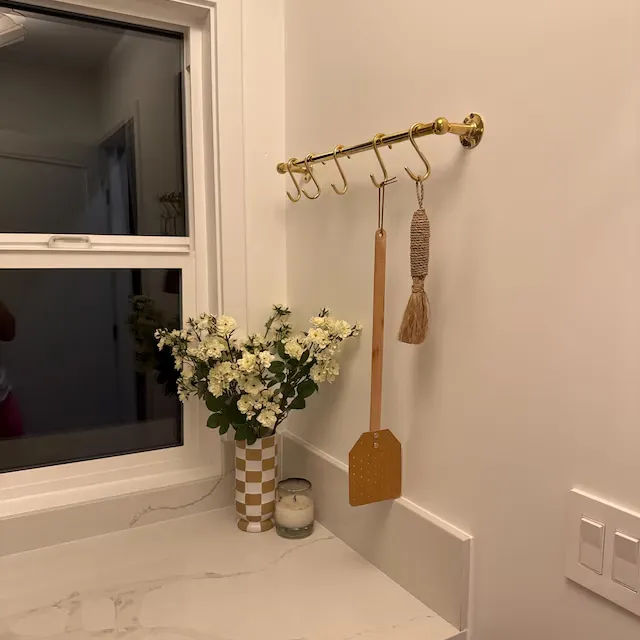
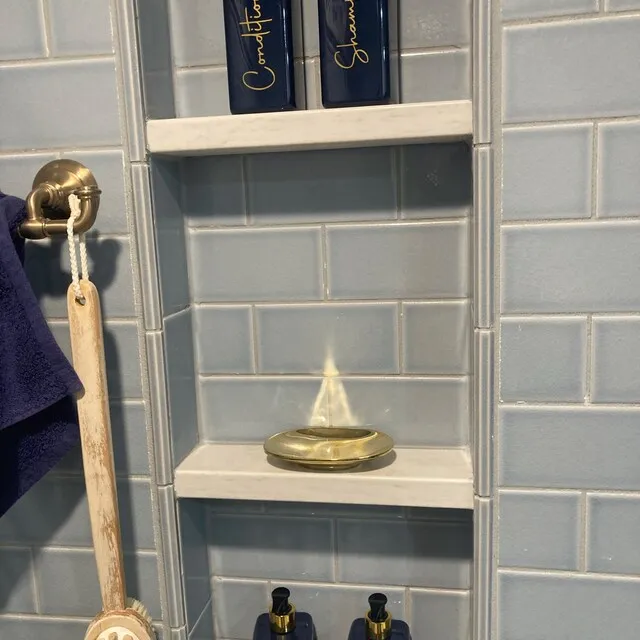
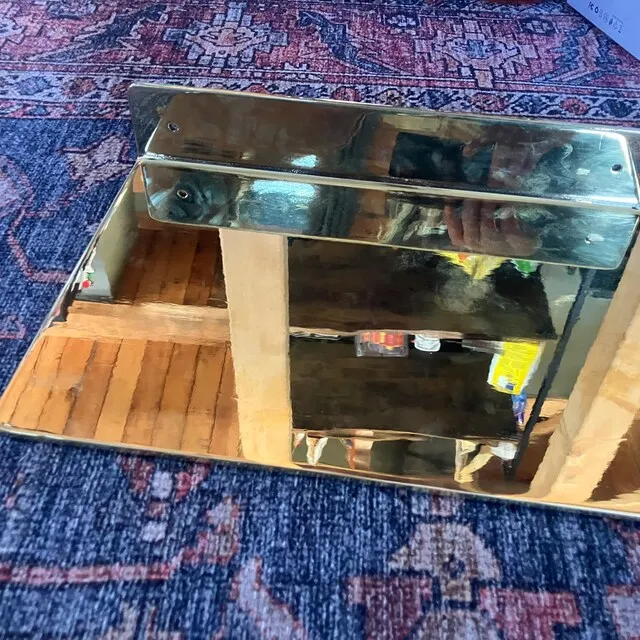
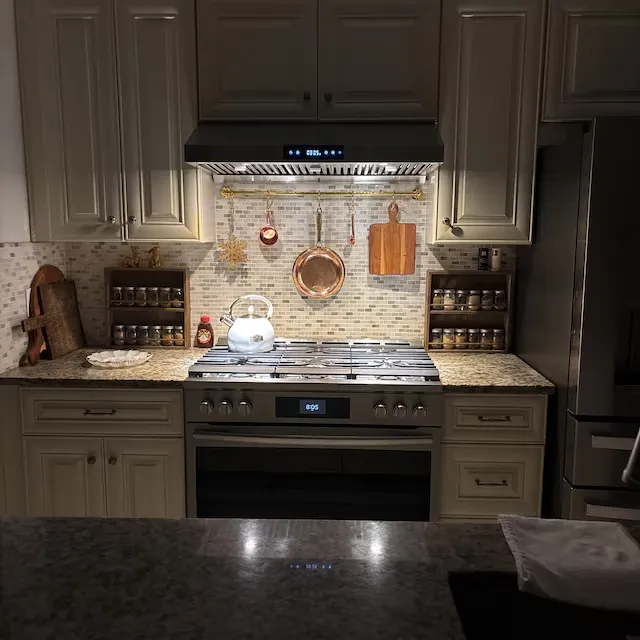
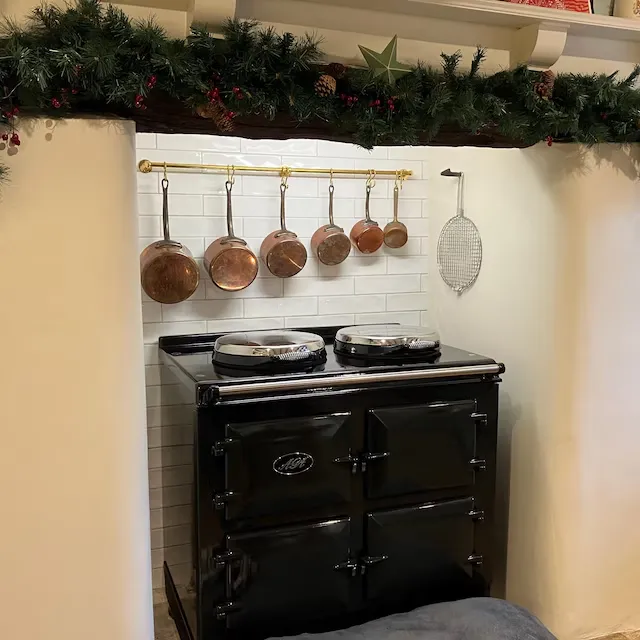
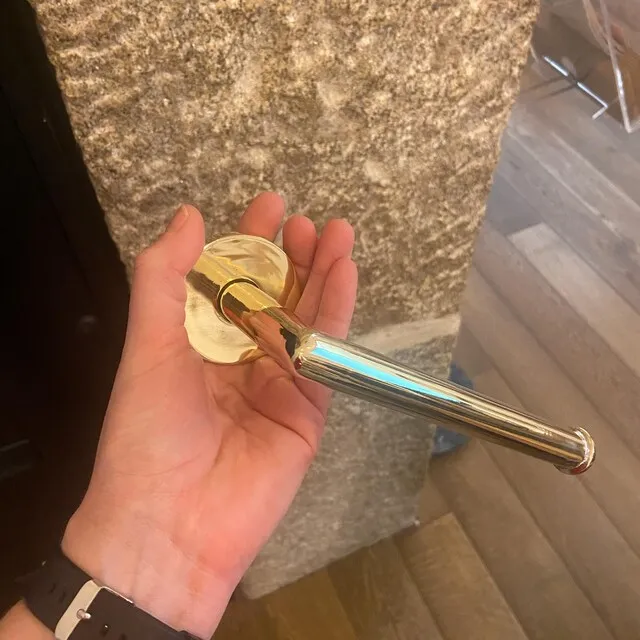


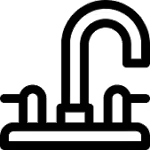


Beautiful piece. Exactly as pictured. Love it
Great quality and look good
Beautiful brass cafe rings, made of solid brass and high quality arrived quickly and in perfect condition. Thank you!
Customer service was through the roof having constant communication with the founder of Atlas Phinest ensuring me on quality control delivery time and any overhead costs as we are shipping items into Canada and dealing with tariffs. Their response time was immaculate and very satisfied with the products
Lovely item, just what I wanted and really great quality